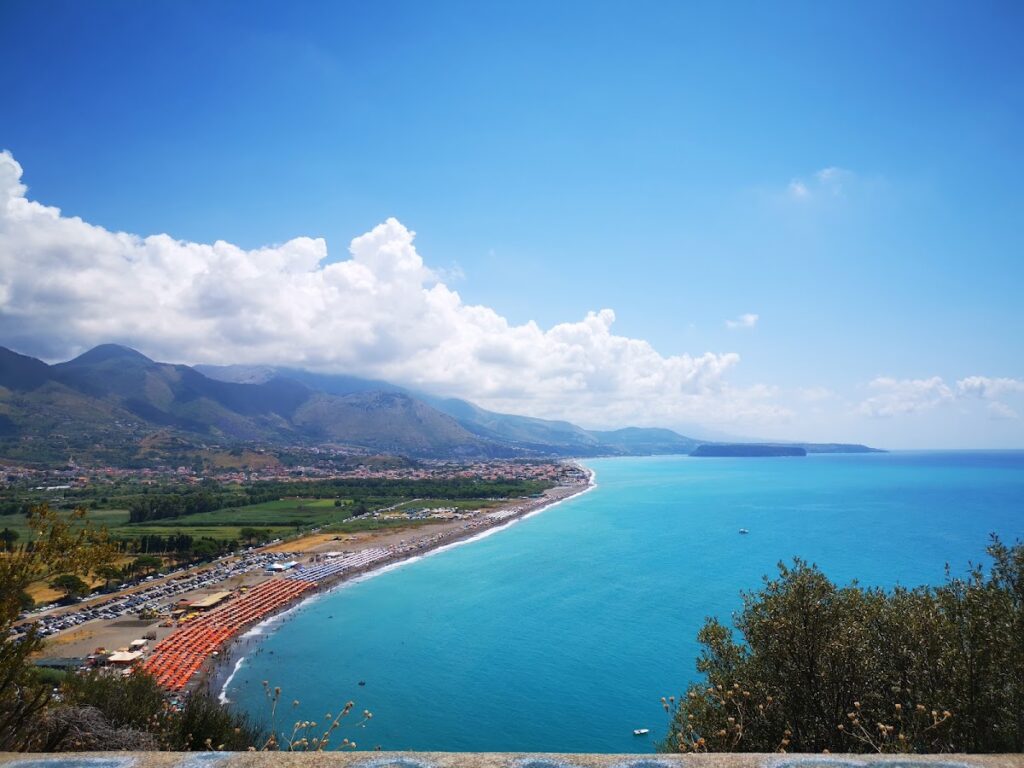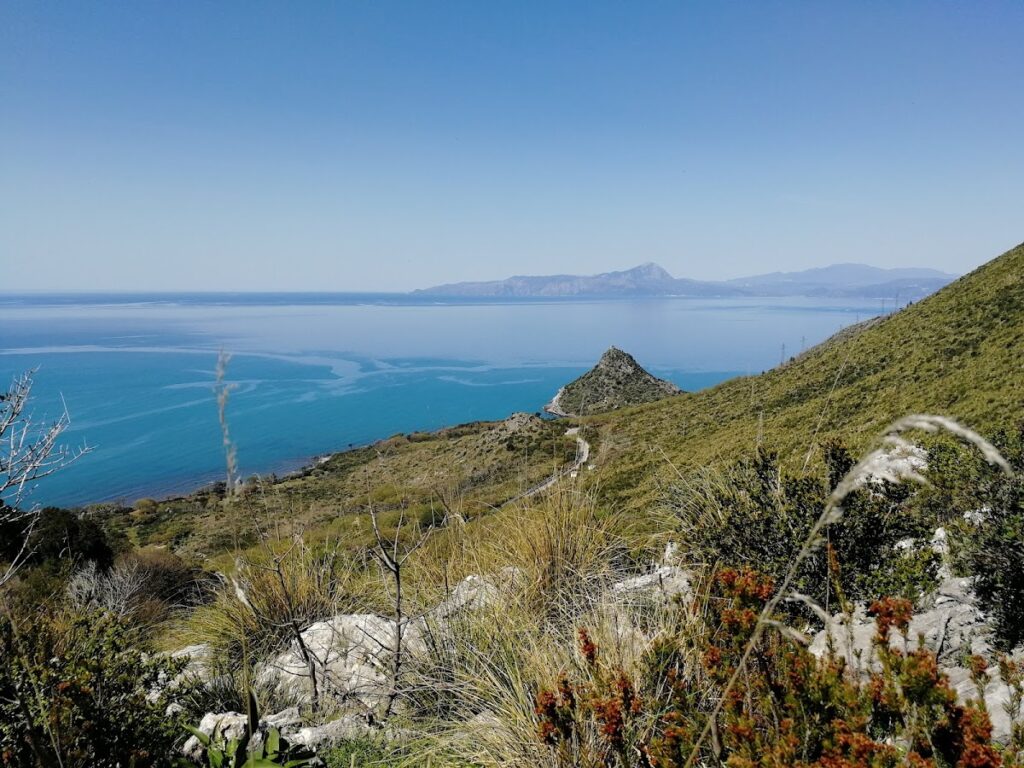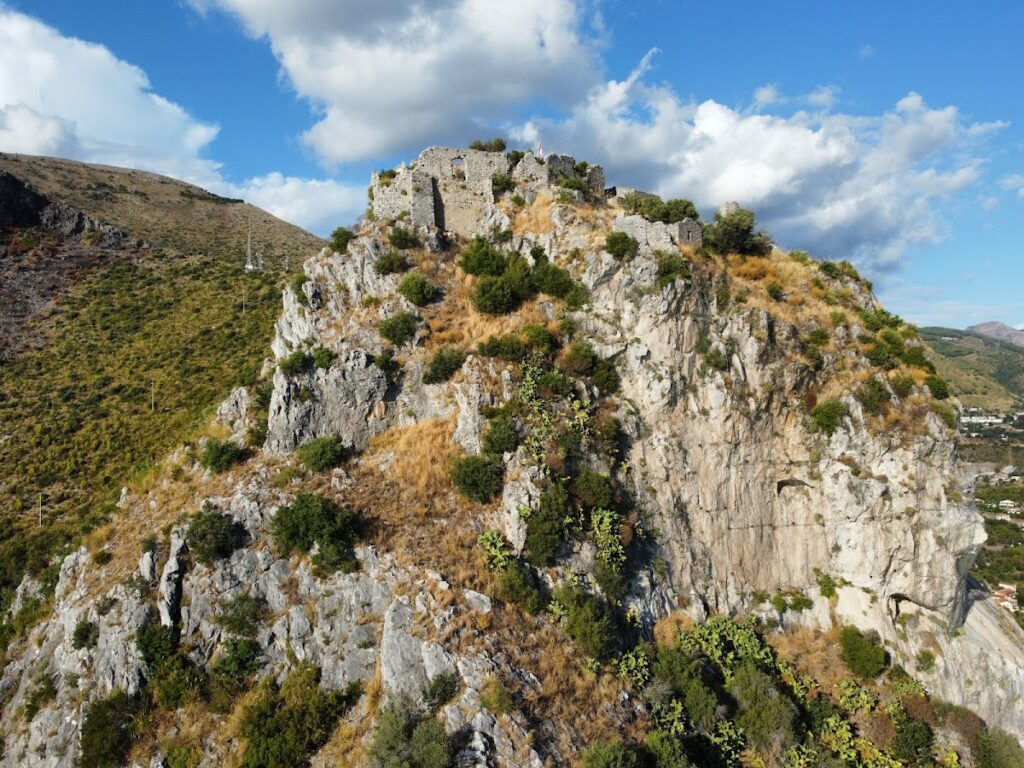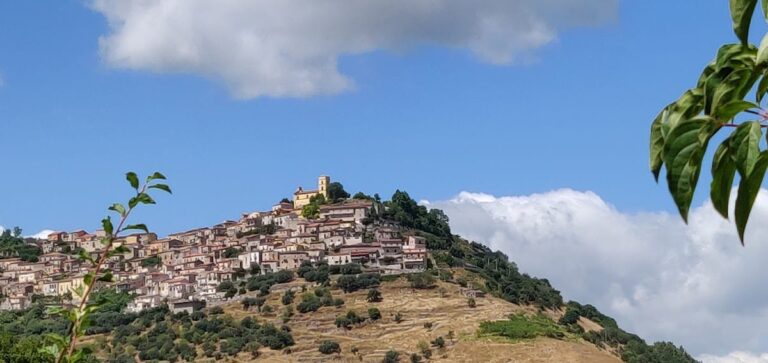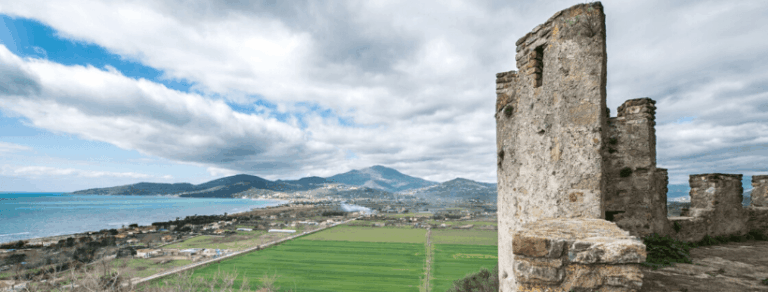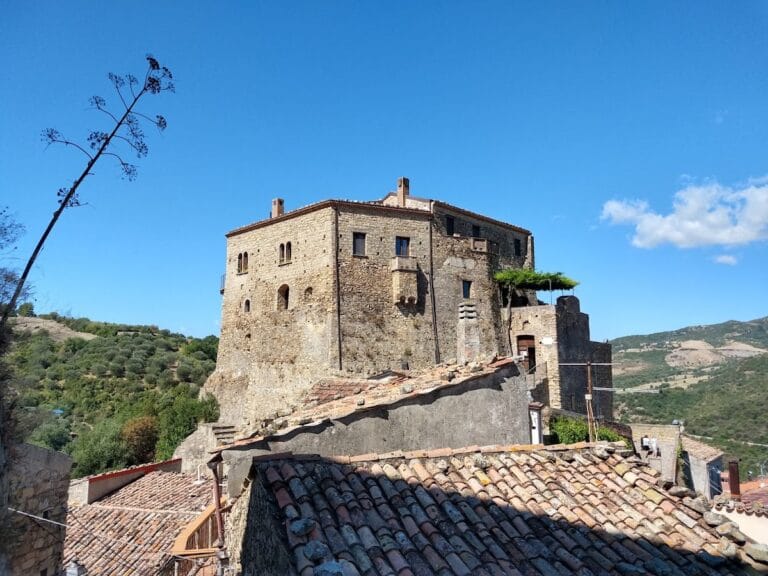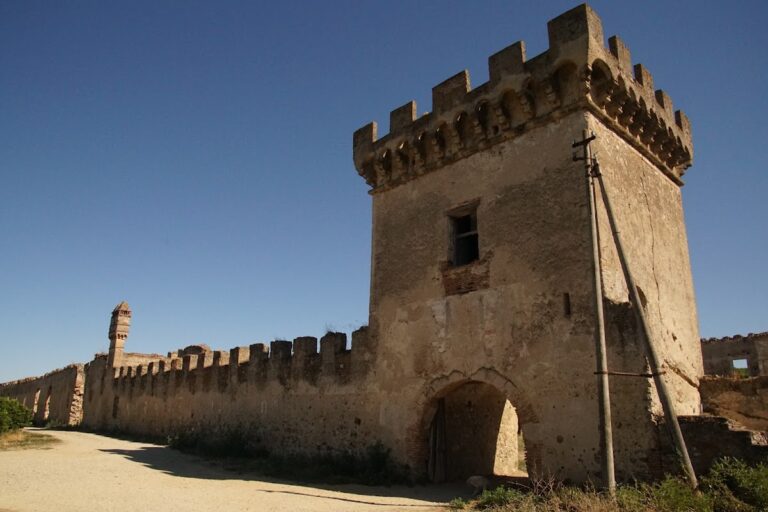Castello di Castrocucco: A Byzantine and Medieval Fortress in Maratea, Italy
Visitor Information
Google Rating: 4.3
Popularity: Very Low
Google Maps: View on Google Maps
Country: Italy
Civilization: Unclassified
Remains: Military
History
The Castello di Castrocucco is situated near the small hamlet of Castrocucco within the municipality of Maratea, Italy. This hilltop fortress was originally established by the Byzantine civilization, likely in the 9th century, serving as a defensive stronghold in this part of southern Italy.
Its name appears as early as 1079 in a papal document issued by Alfano I, who was Bishop of Salerno at that time. Some local historians propose the castle may predate this reference, possibly linked to protection efforts for the ancient city of Blanda Julia, suggesting the site’s strategic importance stretches back even earlier. During the Byzantine period, the castle functioned as a castrum, a fortified military camp used to control and defend surrounding territories.
Following the Byzantine era, control of the fortress passed into the hands of the Alvernia family, a noble lineage of Norman descent who held feudal rights here. Under their stewardship, the castle continued its military and administrative role until it was abandoned sometime between the late 14th and early 15th centuries.
Between 1470 and 1660, ownership changed hands from the De Rosa family, members of the local nobility, to the Giordano family. During the 16th century, this period saw significant renovations to adapt the fortress for contemporary warfare, including the reinforcement of walls to accommodate artillery weapons. This reflects the evolving military technology of the time and the castle’s ongoing strategic relevance.
From 1664 onward until the 19th century, the Labanchi family, wealthy landowners originally from Bisignano in Calabria, possessed the castle and its lands. Despite this prolonged ownership, the fortress was definitively abandoned in the 17th century, leading to gradual deterioration after years without maintenance.
In the modern era, the site gained official recognition for its cultural and historical value. In 2005, the Italian Ministry of Cultural Heritage designated the castle and its surrounding area as a protected site, reaffirming its status as a national monument. This acknowledgment highlights the enduring significance of Castello di Castrocucco within Italy’s architectural and historical heritage.
Remains
The ruins of Castello di Castrocucco occupy a commanding hilltop position and reveal the outlines of a fortress that once combined defensive functionality with a compact fortified settlement. Despite their poor state, the remains still convey the original layout and military adaptations made over several centuries. Historically, the castle contained around thirty buildings arranged within a high enclosing wall, encompassing a steep courtyard with the most heavily fortified section oriented toward the north.
The perimeter walls exhibit numerous openings for defensive use, specifically designed for crossbowmen and early firearms operators. These include round apertures sized to mount small cannons known as colubrine, indicating the castle’s modification in the 16th century to accommodate gunpowder weaponry. Near the eastern entrance stands a partially collapsed round tower featuring embrasures—narrow slits or openings—for crossbows or arquebuses, and it also contains three circular holes intended for cannon deployment. This adaptation demonstrates how the castle’s defenses evolved alongside advances in military technology.
One of the castle’s identifiable points is the main gate, marking the principal entrance into the fortification, alongside several corner bastions that once fortified the perimeter walls. These structural elements reflect typical medieval defensive features designed to provide overlapping fields of fire and to protect against siege assaults.
Within the castle grounds, some rooms retain original concrete floors, offering a material insight into the construction methods used in later renovations. No cisterns or tanks for water storage are visible within the ruins today, which may have been located elsewhere or lost through time.
Surrounding the castle are the archaeological remains of a small medieval village, consisting of about fifty houses distributed from the east to the south along a hill that connects the Castrocucco promontory to the adjacent mountains. This settlement included remnants of a defensive wall encircling its perimeter, suggesting the community relied on localized protection. Near the castle ruins stands a ruined chapel whose surviving apse is decorated with simple frescoes, providing evidence of religious life linked to the local inhabitants.
Additional ruins nearby include over twenty buildings, a watchtower, and enclosing walls associated with the village. Among these structures is a church traditionally dedicated to Saint Peter, which contains crypts and traces of ancient paintings. Although these artworks have suffered exposure to weather over many years, they remain partially preserved, bearing witness to the spiritual practices of the medieval community.
Since 2015, a red flag bearing a white cross has been raised atop the castle ruins. This flag echoes the fortress’s medieval origins and serves as a visual reminder of its historical identity, drawing attention to the site in its current state of decay.
